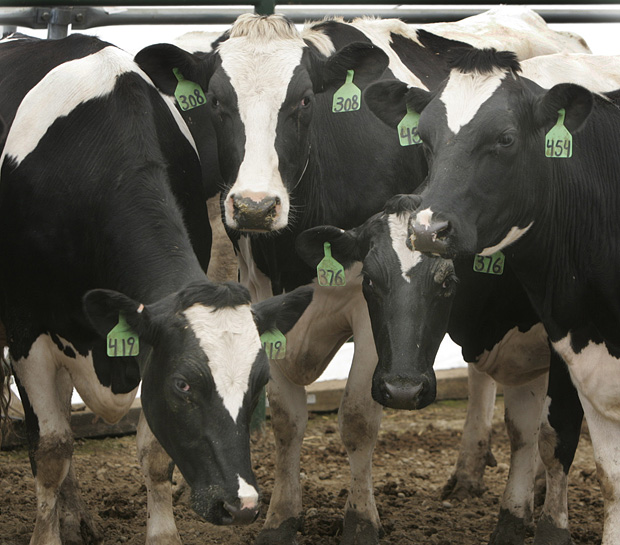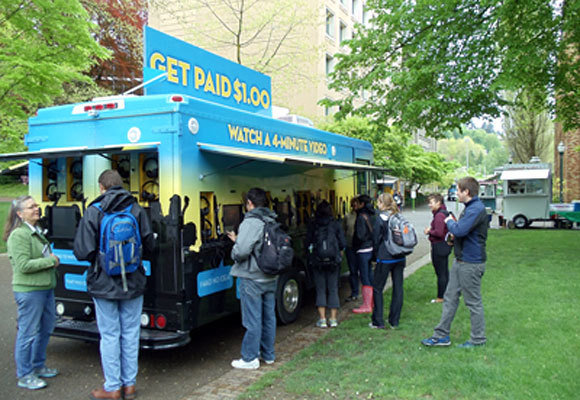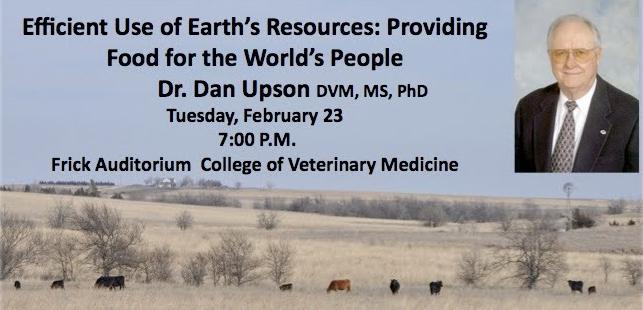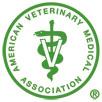The theory of unintended consequences underscores Kurt Vonnegut’s 1963 novel, Cat’s Cradle.
According to QMI, it’s possible thousands of Ontario broodmares have been slaughtered for meat since the Liberal government announced the cancellation of a slot-machine program that generated millions in revenue for the horse-racing industry, an equine veterinarian says.
Mark Biederman, who works just outside Windsor said while he’s not sure how many ![KurtVonnegut_1979_150[1]](https://barfblog.com/wp-content/uploads/2012/11/KurtVonnegut_1979_1501.jpg) broodmares have been sold for meat, he estimates it could be hundreds, if not thousands.
broodmares have been sold for meat, he estimates it could be hundreds, if not thousands.
He said many of his clients have sold theirs.
Broodmares are retired female racehorses used to breed the next generation. But with the horse-racing industry in dire straits — facing hundreds of millions in losses — the old girls aren’t worth much anymore.
“The broodmares are the first casualty of the industry,” Biederman said. “There isn’t any market for them other than going for meat.”
Ontario’s horse-racing industry reels in $354 million a year from the soon-to-be-dead Slots at Racetracks Program, which divvies up profits from slot machines at tracks between the industry, the track owners and the government.
The province announced in the spring its plan to axe the program and divert the money to health care and education instead. Slot machines have already been removed from some racetracks in Ontario, and they’ll all be gone by March 31, 2013.
The move was met with opposition from people in the industry, and has forced some major tracks — such as the Windsor Raceway — to shut down.
It also means many horse owners can no longer afford to keep the animals.
Biederman says business is down 50% at his veterinarian clinic. He’s had to lay off staff and reduce hours. When the program officially ends in March 2013, he said he’ll probably pack up and leave the province.
“If the slot program is ultimately cancelled, I think that’ll be the death of the industry. I don’t think there will be any way to stay in Ontario. I think you’re gonna have a mass exodus of horses.”
Or as Vonnegut wrote,
“I’m not a drug salesman. I’m a writer.”
“What makes you think a writer isn’t a drug salesman?”

 they lose their value as milk producers.
they lose their value as milk producers. early May to show the public a graphic “Farm to Fridge” video, made with hidden-camera footage showing farm animals, including cows, chickens and pigs, living in factory farm conditions and being processed at slaughter. Participants are paid $1 to watch the video, displayed on a vehicle specially equipped to host up to 32 simultaneous viewers.
early May to show the public a graphic “Farm to Fridge” video, made with hidden-camera footage showing farm animals, including cows, chickens and pigs, living in factory farm conditions and being processed at slaughter. Participants are paid $1 to watch the video, displayed on a vehicle specially equipped to host up to 32 simultaneous viewers..jpg) the Philippines, traditionally associated with celebratory events and rituals of mourning.
the Philippines, traditionally associated with celebratory events and rituals of mourning. So are all the baseball superstitions that players subscribe to. When I played real baseball (before my rotisserie days) I tried to avoid stepping on the foul lines for a while (I think I saw that in a movie) but most of the time I forgot. My movie emulation never went as far as a couple of
So are all the baseball superstitions that players subscribe to. When I played real baseball (before my rotisserie days) I tried to avoid stepping on the foul lines for a while (I think I saw that in a movie) but most of the time I forgot. My movie emulation never went as far as a couple of  After public health and animal welfare experts inspected them, council officials ordered them to be shot dead.
After public health and animal welfare experts inspected them, council officials ordered them to be shot dead. adjectives. It comes free-range, cage-free, antibiotic-free, raised on vegetarian feed, organic, even air-chilled.
adjectives. It comes free-range, cage-free, antibiotic-free, raised on vegetarian feed, organic, even air-chilled. With the slaughter system, David Pitman, whose family owns Mary’s Chickens, said,
With the slaughter system, David Pitman, whose family owns Mary’s Chickens, said, of cruelty to animals after a welfare group released a video it says shows him and others beating cows with crowbars and pitchforks.
of cruelty to animals after a welfare group released a video it says shows him and others beating cows with crowbars and pitchforks. Dr. Dan Upson presented
Dr. Dan Upson presented  These topics highlighted the current state of the agriculture industry, which has come under attack in recent years for utilizing technology to improve production methods.
These topics highlighted the current state of the agriculture industry, which has come under attack in recent years for utilizing technology to improve production methods. The American Veterinary Medical Association (AVMA) reports
The American Veterinary Medical Association (AVMA) reports